Portugal is well known for its cork production so it stands to reason that an architect would incorporate the material into the design of a thoroughly modern house in the country. The applicably named Cork House has been designed by Inês Brandão Arquitectura and the cork cladding provides a camouflaged upper layer at this home that can be found in Lisbon, Portugal. It is located in Aroeira, a protected piece of woodland that has been a popular spot for weekend and holiday homes since the 1970s.
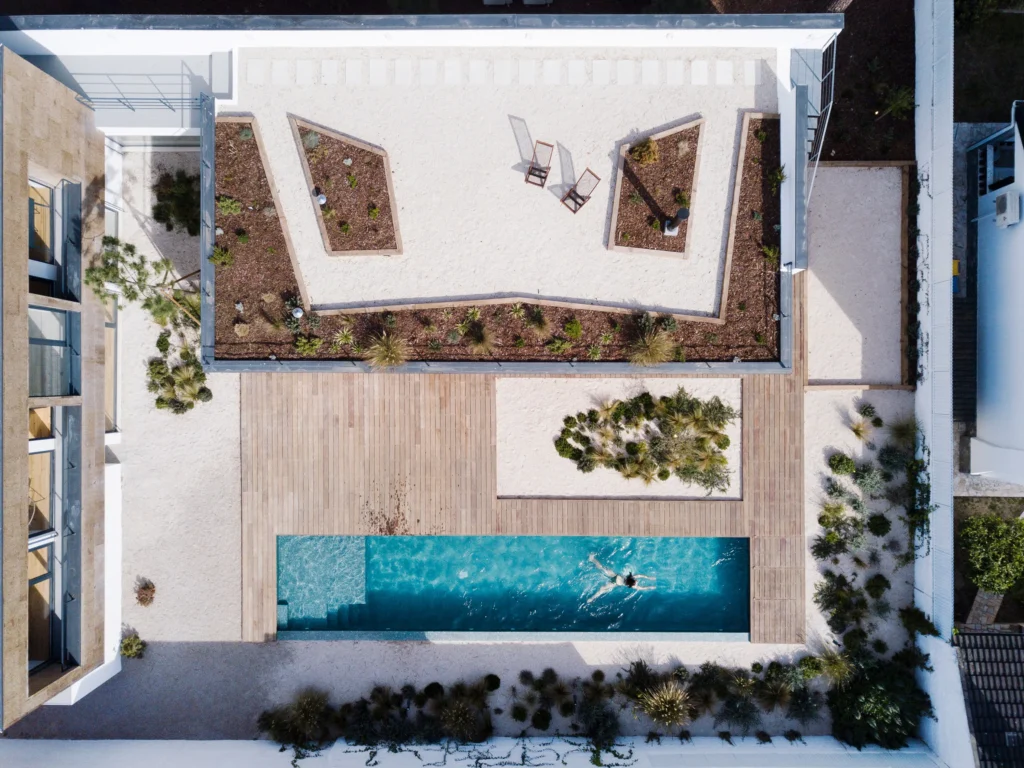
Brilliantly conceived by Inês Brandão Arquitectura, Cork House has been designed for a client who wanted a home that could serve both as a quiet shelter and as a lively social space for family and friends to come together and enjoy the building. Approaching these as two distinct functions, Inês Brandão Arquitectura came up with two distinct forms – a long, low-lying block containing open social spaces and a smaller two-storey block which is where you’ll find the bedrooms.
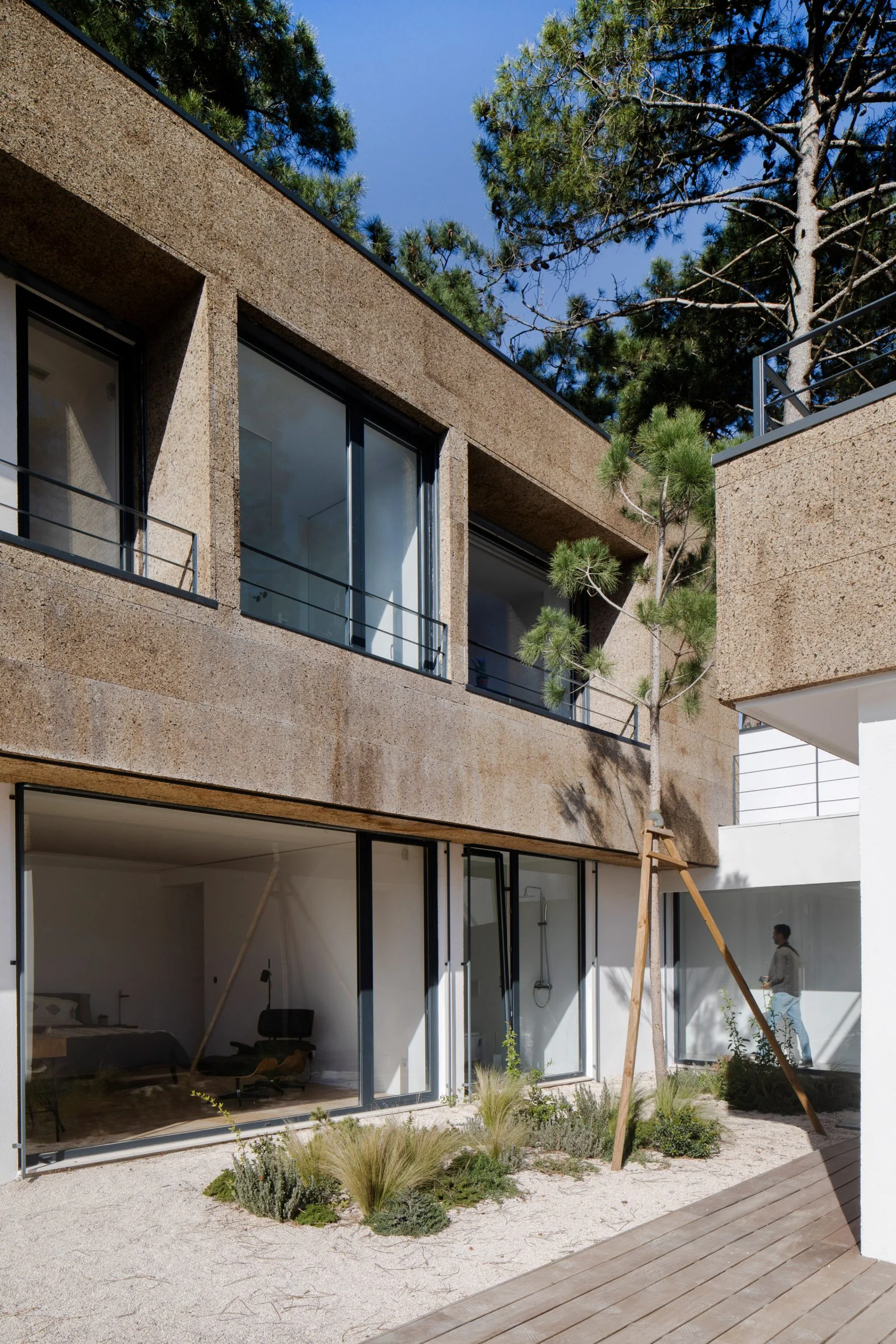
Cork House
Beautiful design meets innovative material choices for this spectacular home in Lisbon, Portugal.
The overriding goal for the architects behind the build of Cork House was to integrate the building into the surrounding landscape, by picking a strategic position to settle the house and by choosing the unusual material of cork as the main covering layer for the exterior – a camouflage around the trunks of the pine trees.
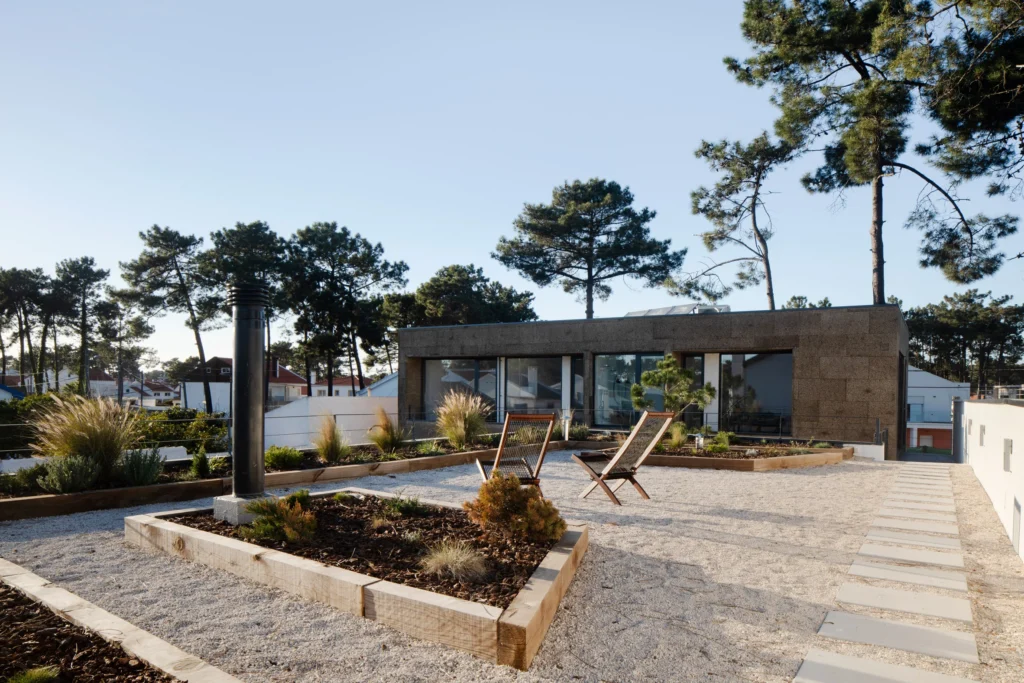
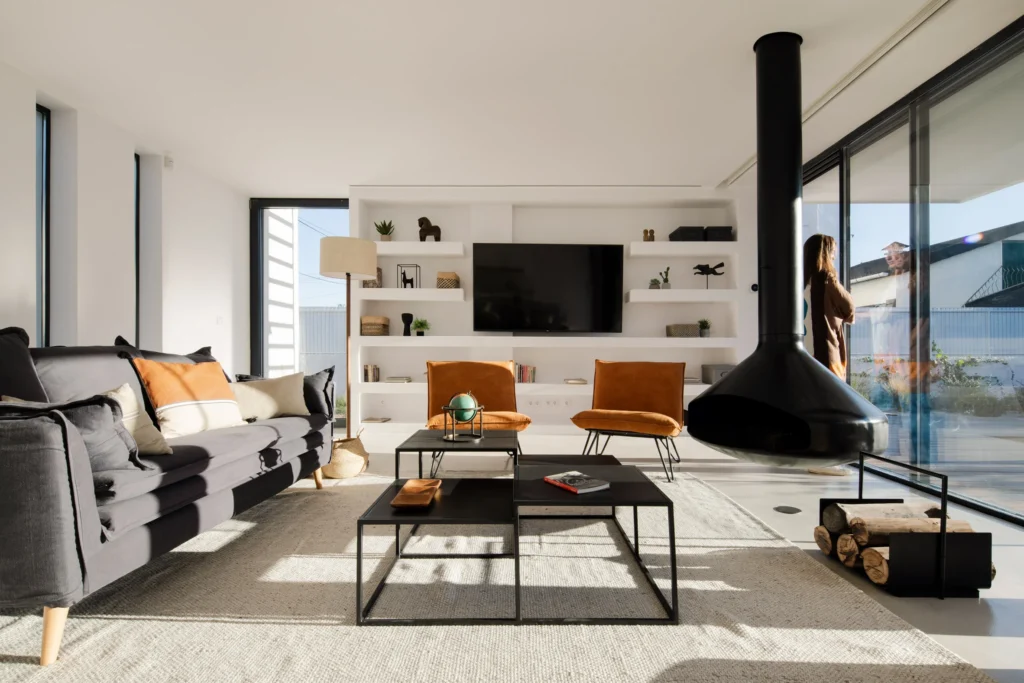
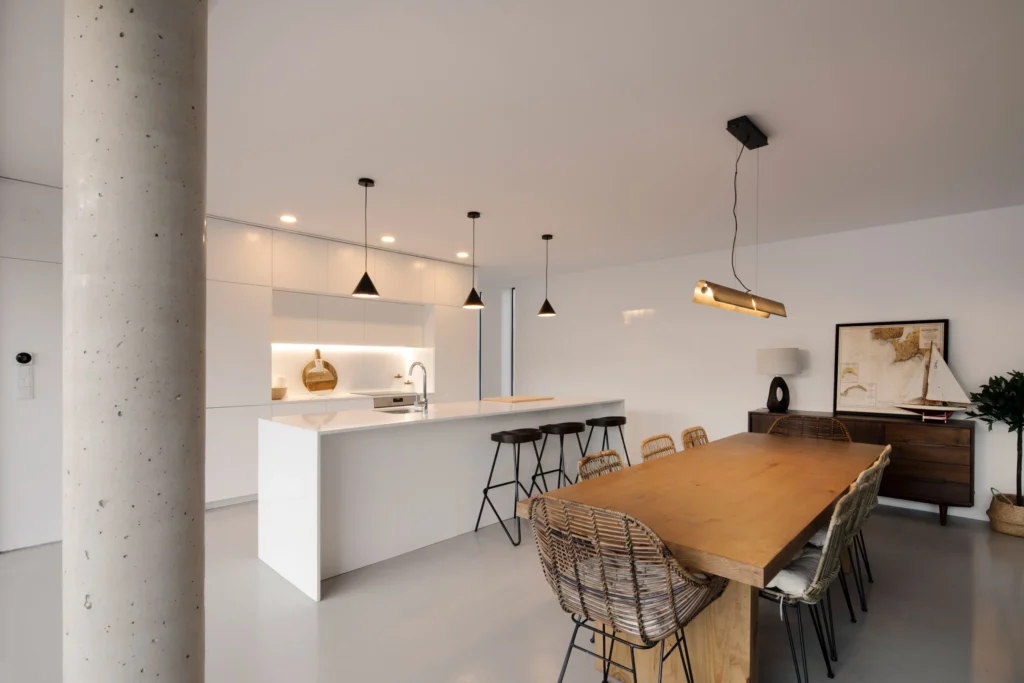
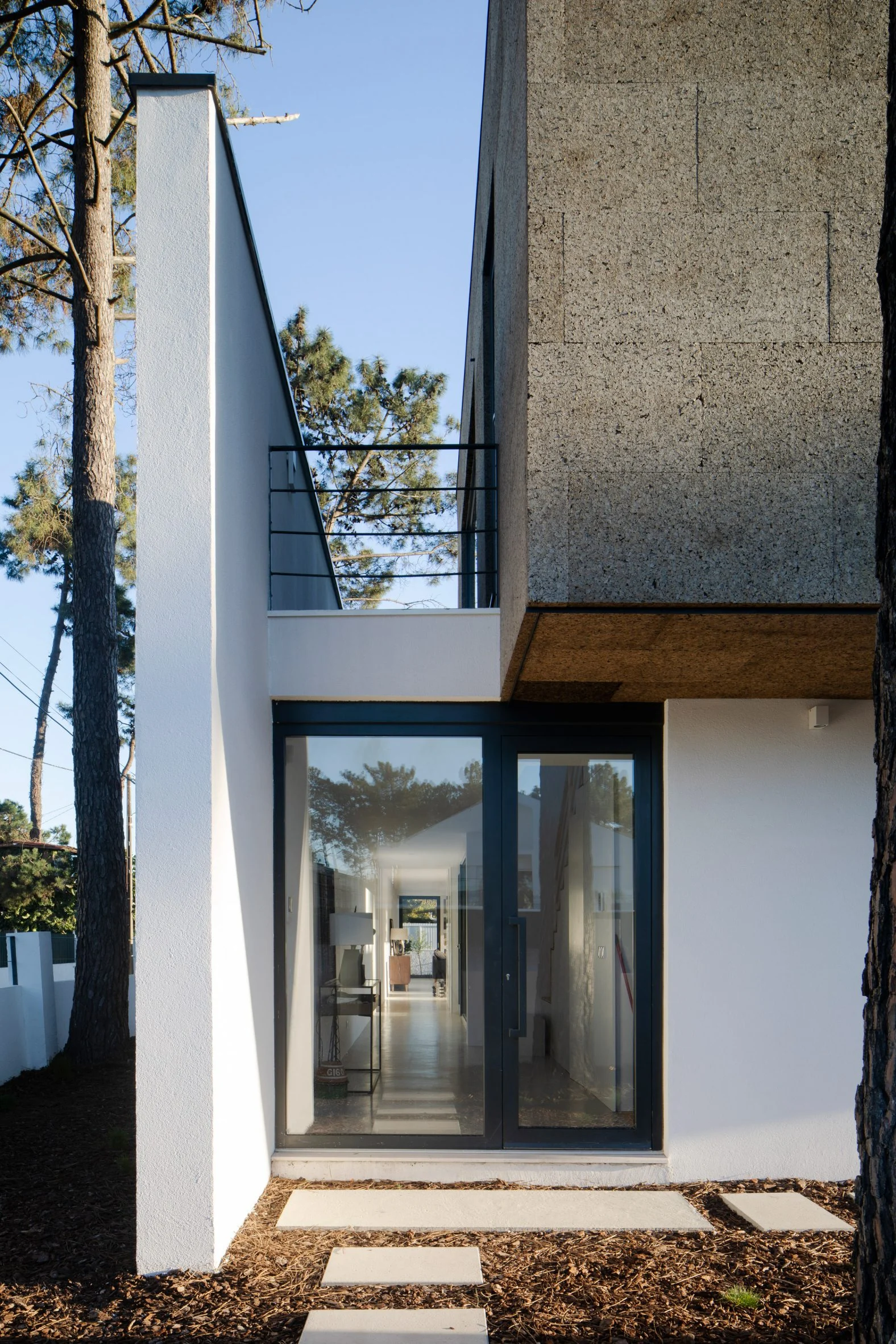
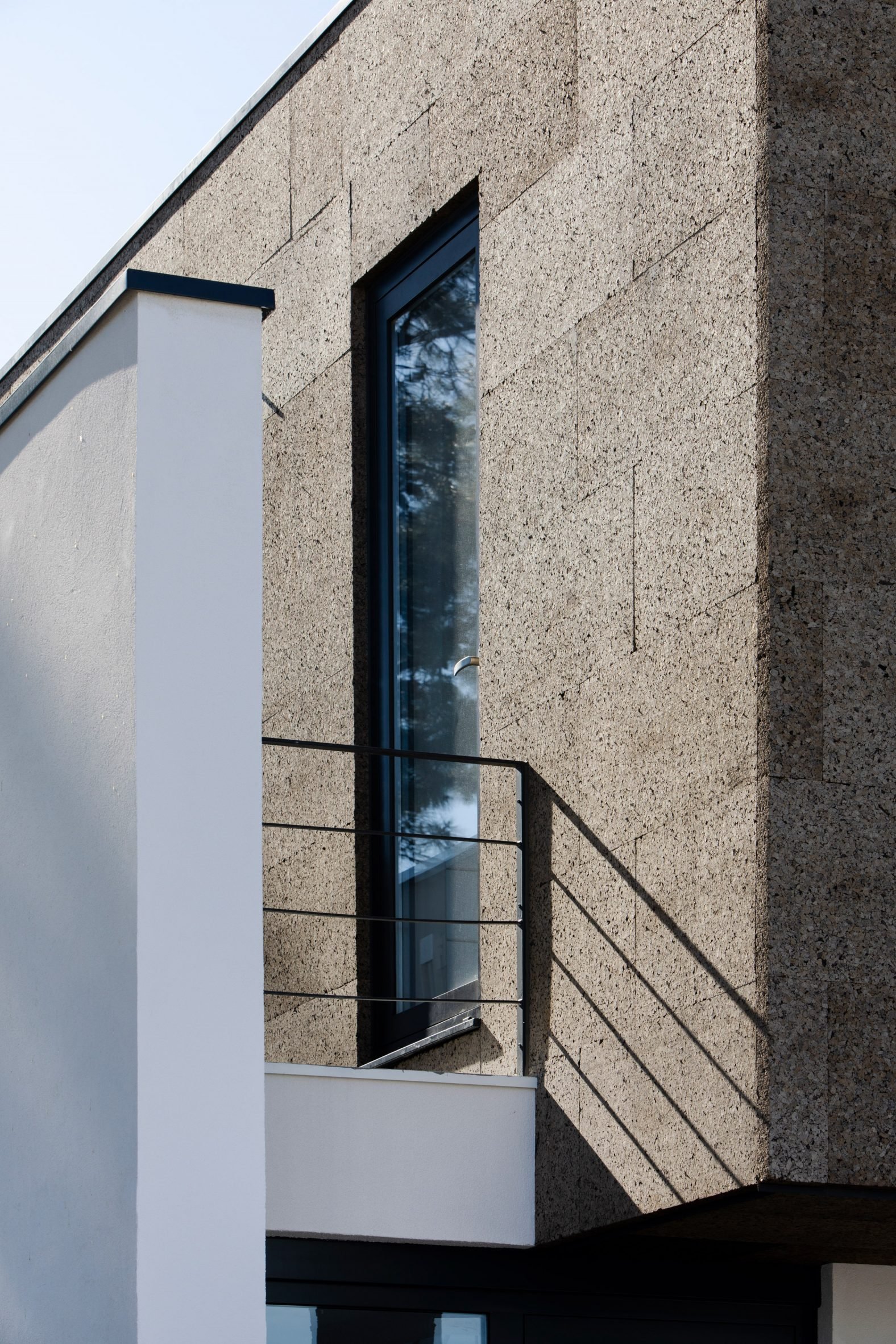
Sliding glass doors do a fantastic job of connecting the external terrace of Cork House to an open-plan living, dining and kitchen spaces within, which is positioned around a suspended fireplace and two polished concrete columns. There is a real understated elegance to the interiors of this home that we’re loving here at Coolector HQ.
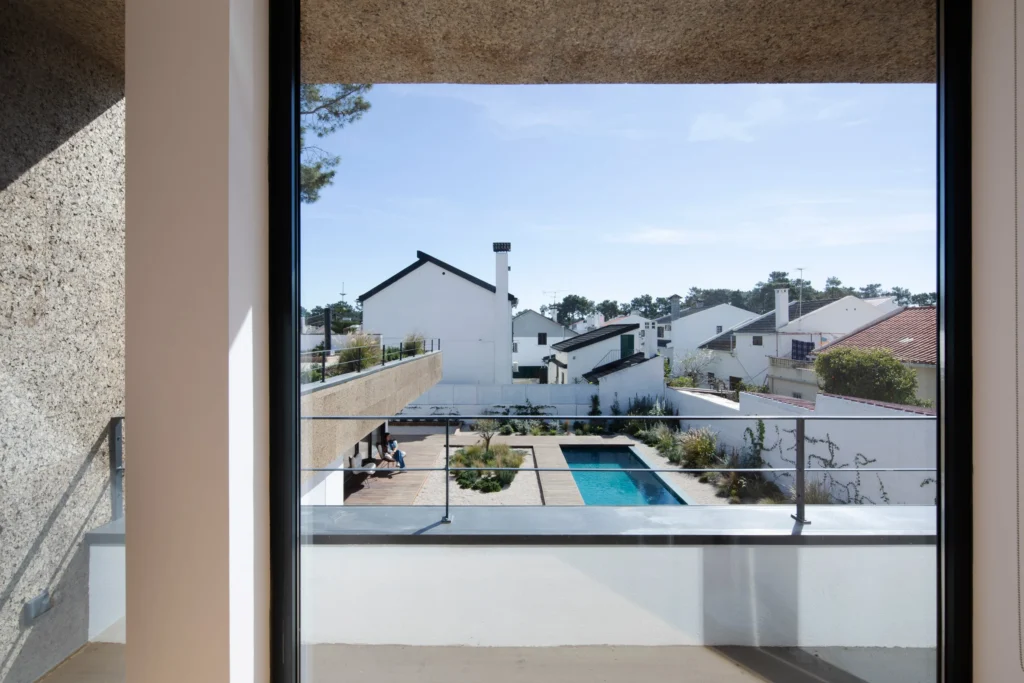
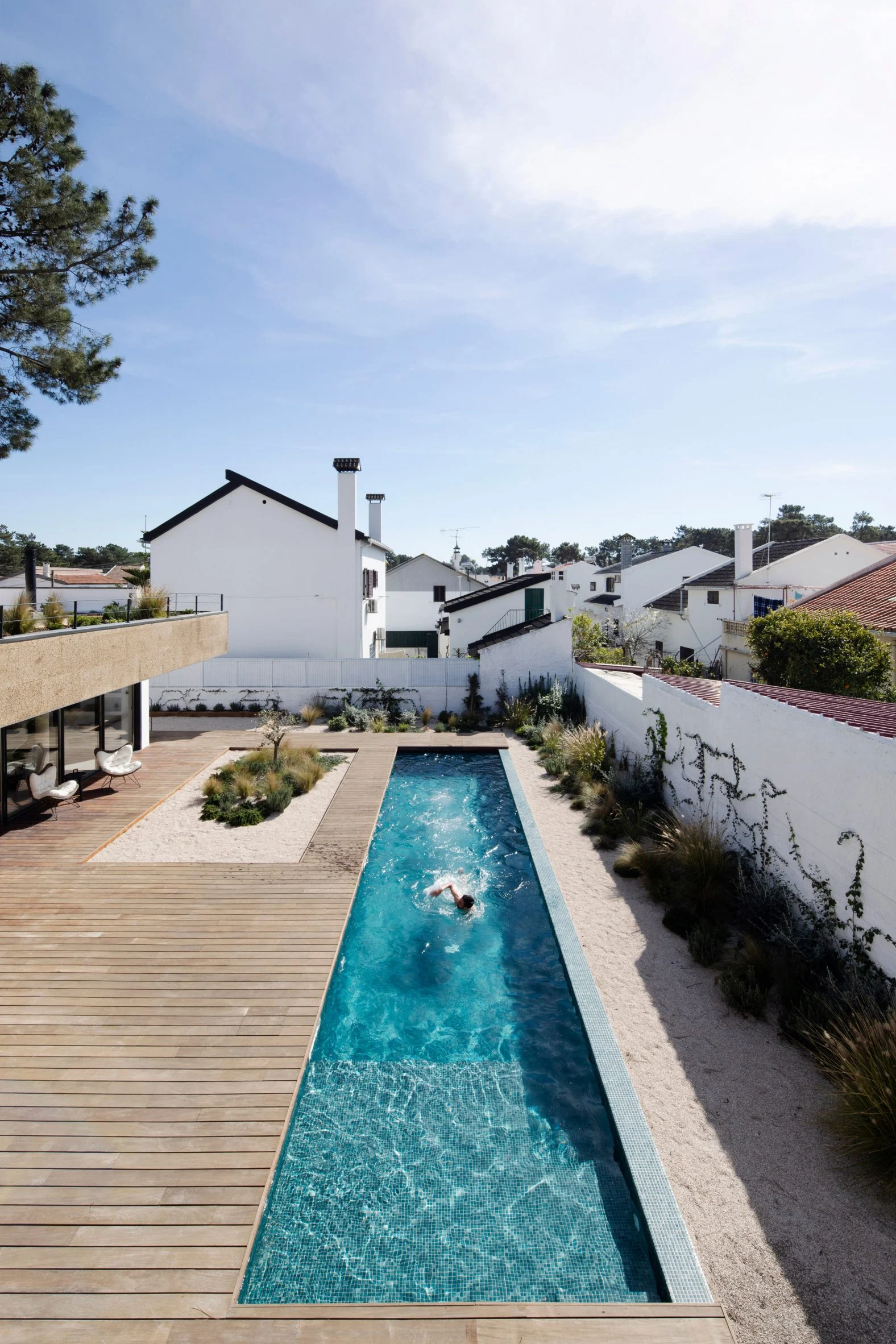
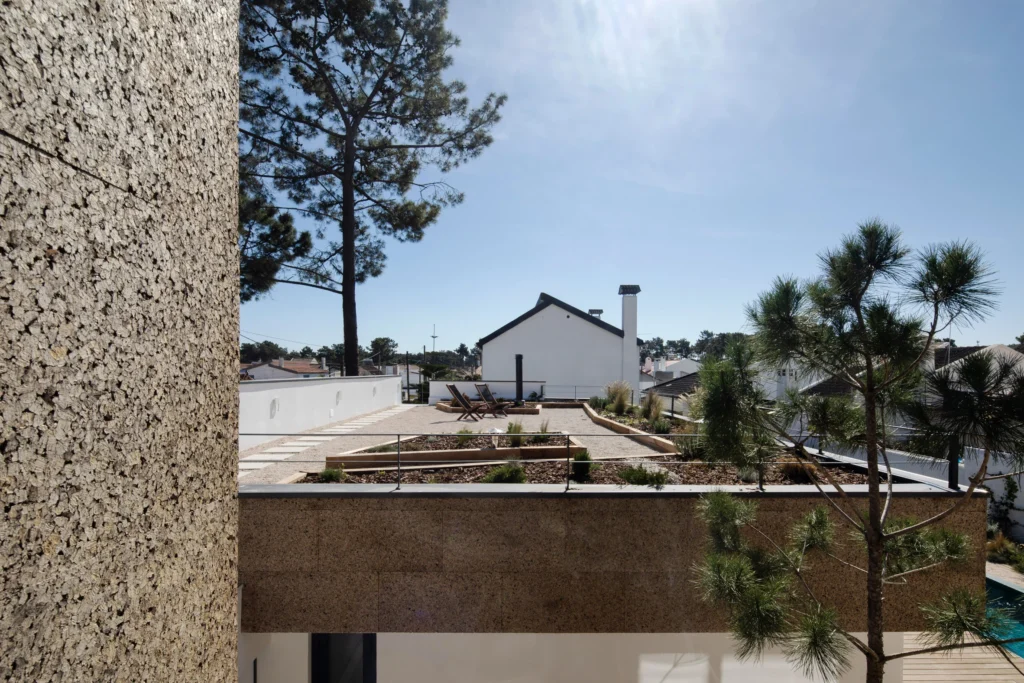
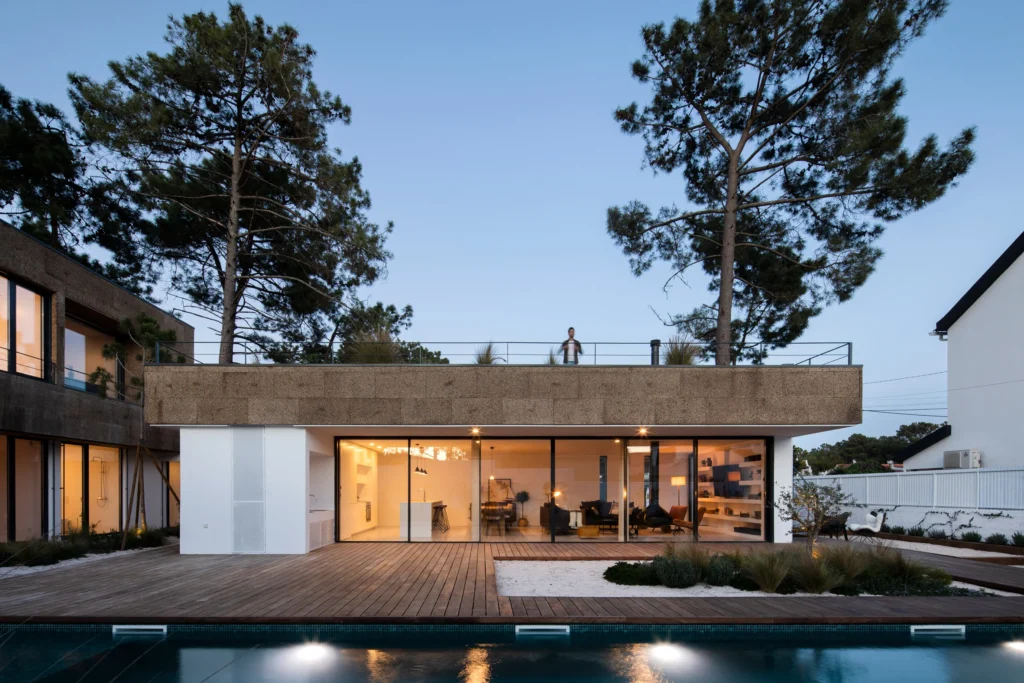
A long corridor lined with narrow windows runs along the back of the Cork House to the bedroom block where there is one bedroom on the lower floor and a further three located on the floor above. These upper rooms open onto small balconies and connect to an expansive rooftop terrace above the living area that boasts stylish wooden planters and seating for relaxing and enjoying the Portuguese climate during the summer months.
Images: Tiago Casanova.
- 1938 Bugatti Type 57 Cabriolet: A Masterpiece on Wheels - December 20, 2024
- 8 of the best men’s fleeces from Passenger Clothing - December 20, 2024
- Bradley Mountain Suede Cabin Jacket: A Luxe Staple Worth Every Penny - December 19, 2024


